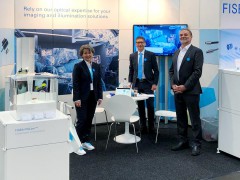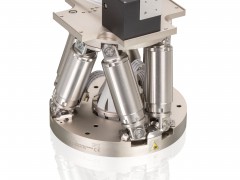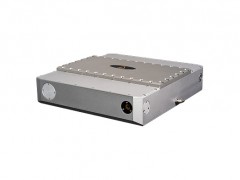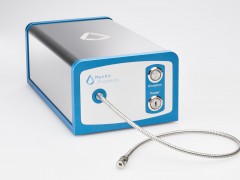"Engine hood hinge systems are very complex because of the high demands on safety and functionality," says Dr. Martin Hillebrecht, Head of Competence Center Lightweight Construction, Materials, and Technologies at EDAG Engineering. "That is why, together with voestalpine and Simufact, we have set ourselves the goal of rethinking the hinge by means of generative production."
The EDAG engineers re-designed the hinge system to achieve the desired weight advantage. The subsequent optimization of the support structures was carried out in close cooperation with the Voestalpine Additive Manufacturing Center.
"The topology optimization calculates the minimal material requirements of the hinge," explains Dr. Eric Klemp, Managing Director of the Voestalpine Additive Manufacturing Center, which started operations in April 2016. "The resulting components' geometries require a high proportion of support structures, which we could then minimize to a minimum in the project."
The additive manufacturing process produces parts by adding materials, such as metal powder, layer by layer in a laser sintering process, where the laser heats the metal powder precisely at the prescribed point so that it melts as a wafer-thin layer onto the part.
An important step in designing and producing additive components is simulation of the actual build process in the 3D printer. Simufact came into its own with its Simufact Additive software solution developed for additive production.
"With Simufact Additive, the actual printing process and the subsequent process steps can be simulated and thus distortions and residual stresses can be predicted," says Dr. Patrick Mehmert, Product Manager Additive Manufacturing at Simufact. "On the basis of simulated distortion, we have negatively deformed the component geometry so as to minimize the shape deviations of the printed hinges to the target geometry."
In the end, the Voestalpine Additive Manufacturing Center achieved an economical, resource-saving production with low rework. Therefore, the hinge is ready for use after the laser melting process.
"The LightHinge+ hood hinge fully exploits the potential of additive manufacturing by means of efficient software-assisted engineering," Hillebrecht says. "An ultimate weight reduction and integration of a pedestrian protection function, in distortion and self-tension optimized tool-less production with little rework for small series is achieved."






